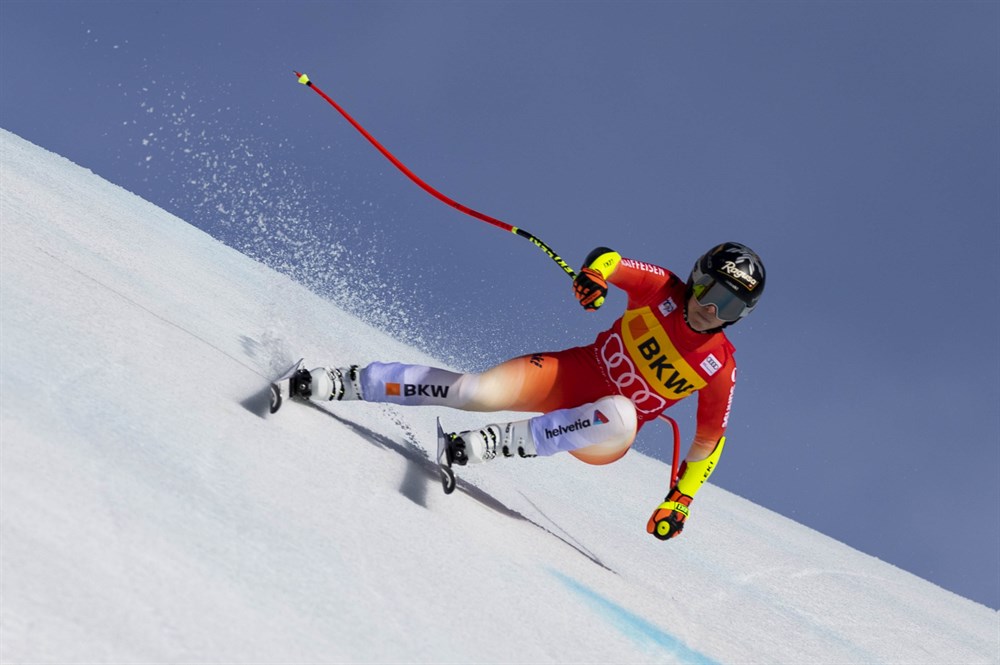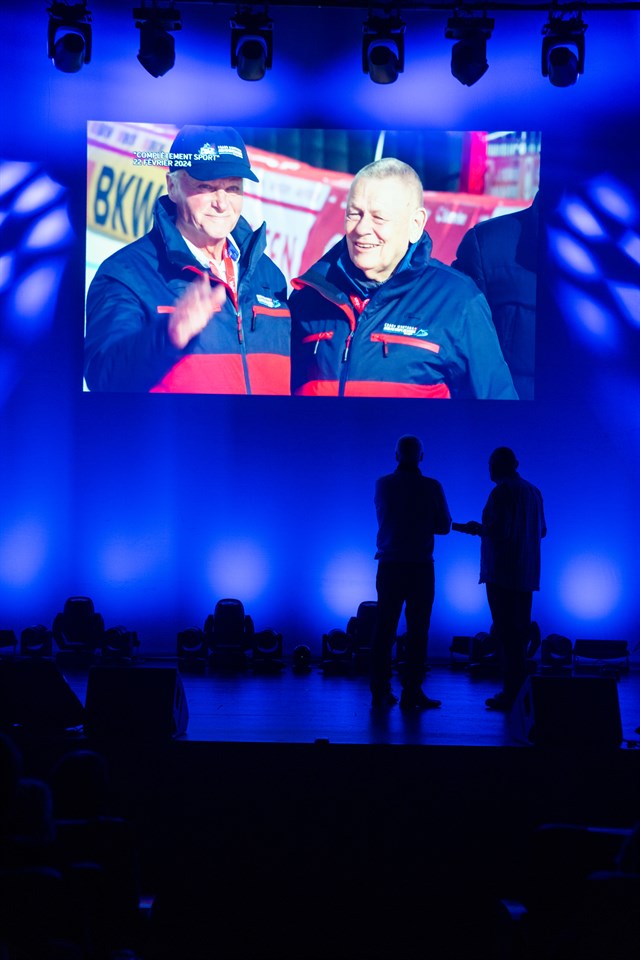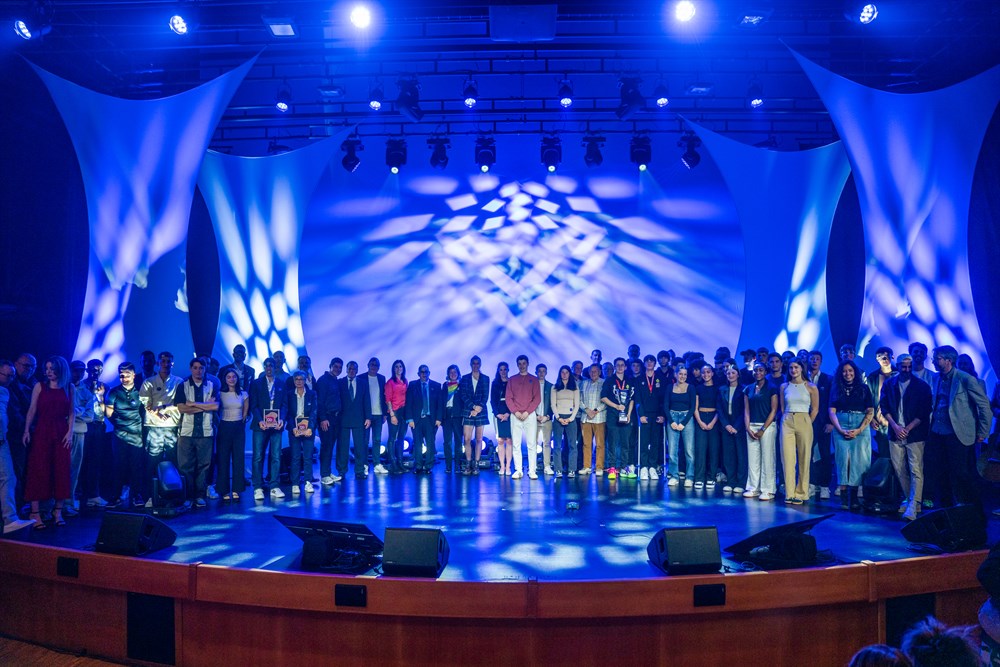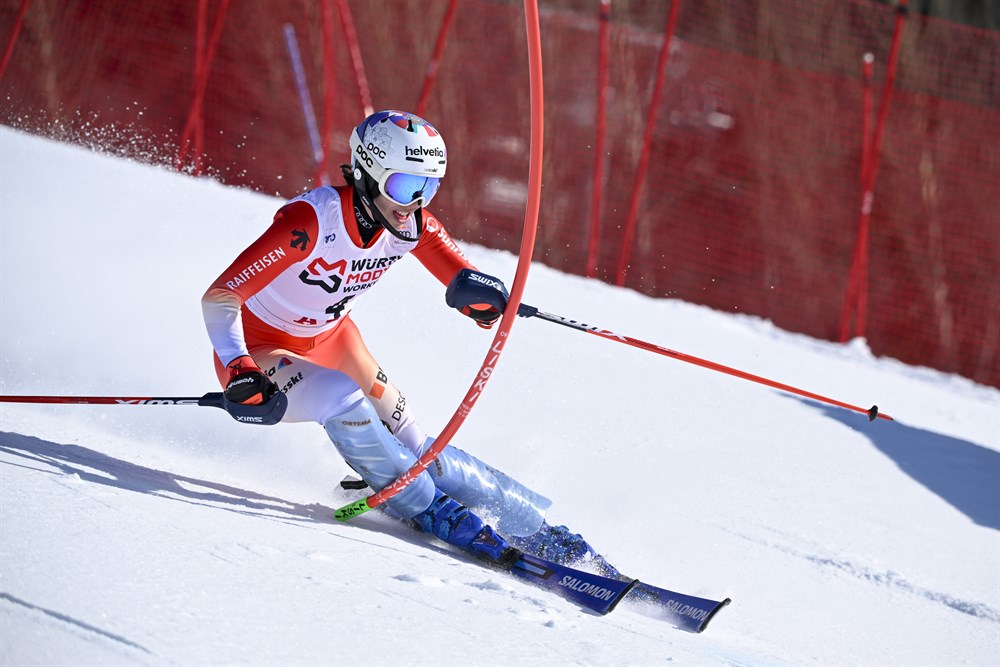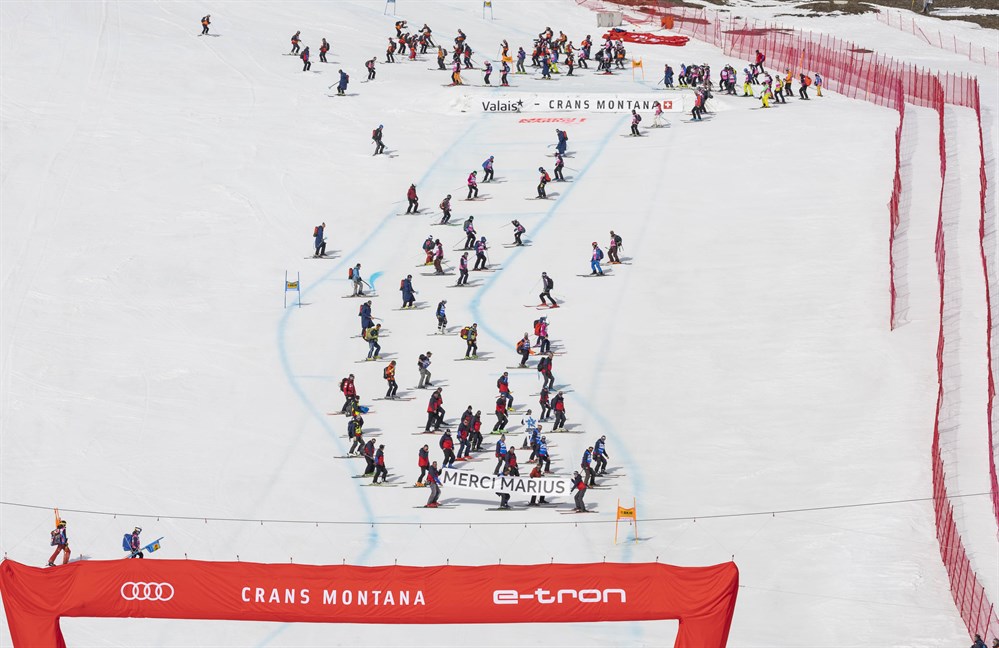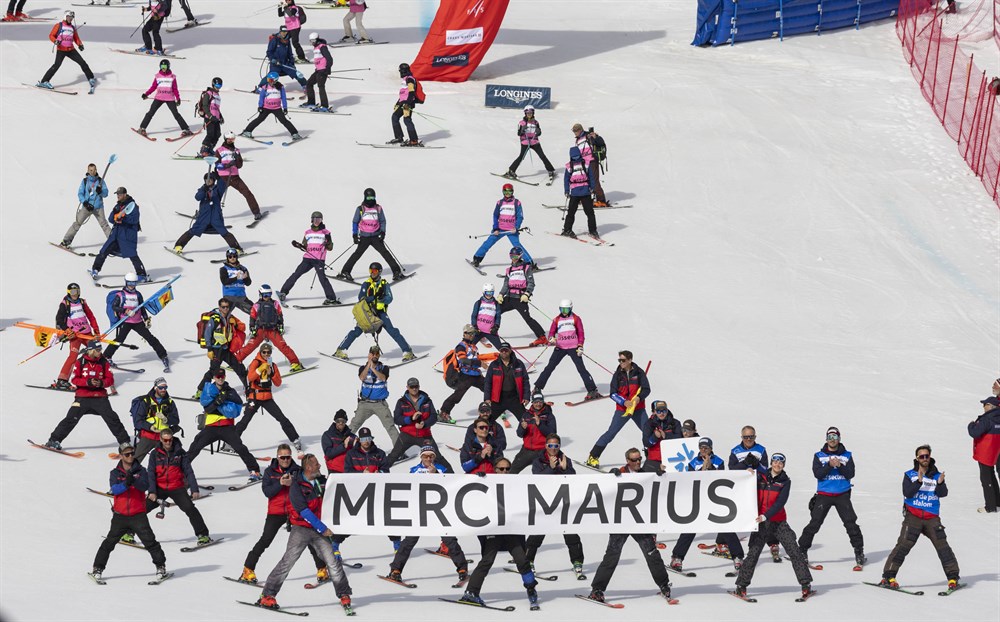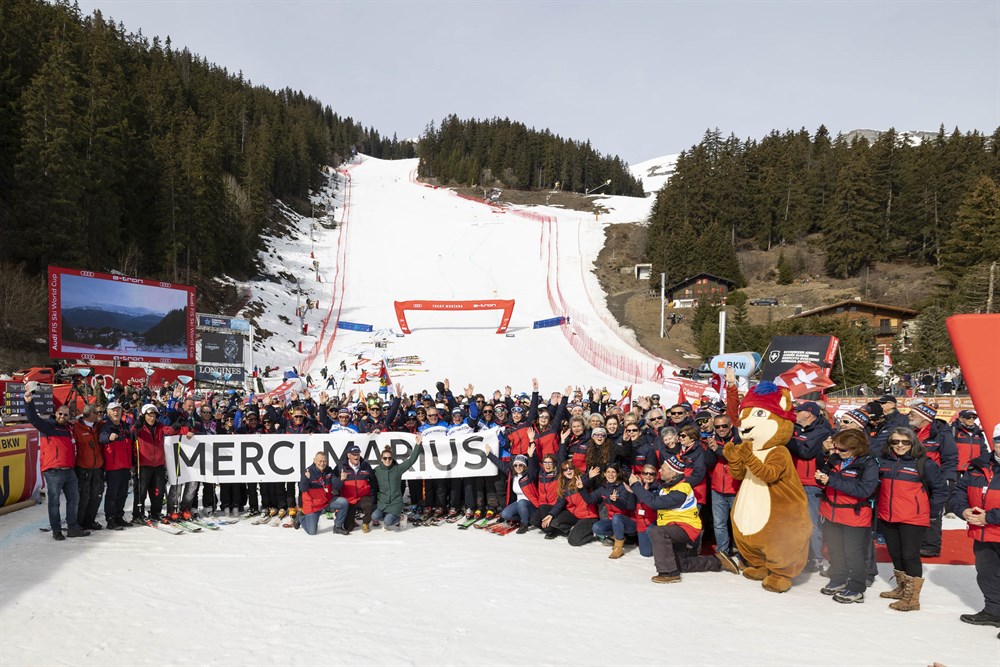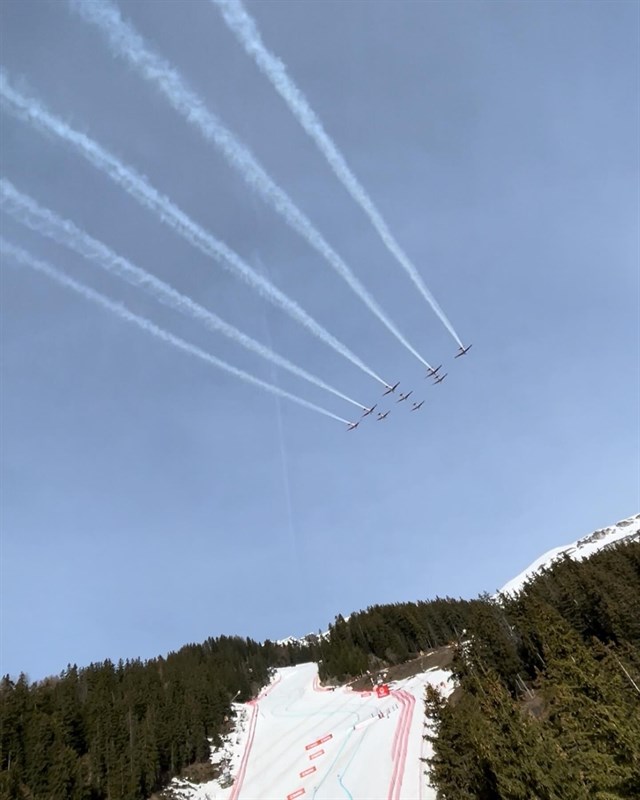Austria's Stephanie Venier finished on the top step of the podium in the Super-G at Crans-Montana. She beat Italy's Federica Brignone and Marta Bassino by a narrow margin. Lara Gut-Behrami, the top Swiss, finished in 6th place.
It's (almost) the same story all over again. Italy's Federica Brignone and Marta Bassino once again finished on the podium in the Crans-Montana Super-G on Sunday. However they were relegated to 2nd and 3rd places, by 0.04 and 0.15 respectively, by Stephanie Venier.This was the Austrian's second win of the season, and the third of her career. The 30-year-old managed to find the key to the Mont Lachaux piste, which has really suffered with the weather over the last few days.
The Italians once again proved that they feel at home in Crans-Montana. Federica Brignone took second place on the podium for the second time in two days. In doing so, she consolidated her third place in the rankings for the discipline. Marta Bassino confirmed that she is at ease in Valais, after winning Saturday's downhill.
As for the Swiss, Lara Gut-Behrami gave the best performance, finishing in 6th place. Jasmina Suter, Michelle Gisin and Priska Nufer finished a little further down the rankings, in 21st, 22nd and 25th places. The other Swiss, including Noémie Kolly, were all eliminated.
DEPREZ-DUBUIS Photo / Video: SkiActu
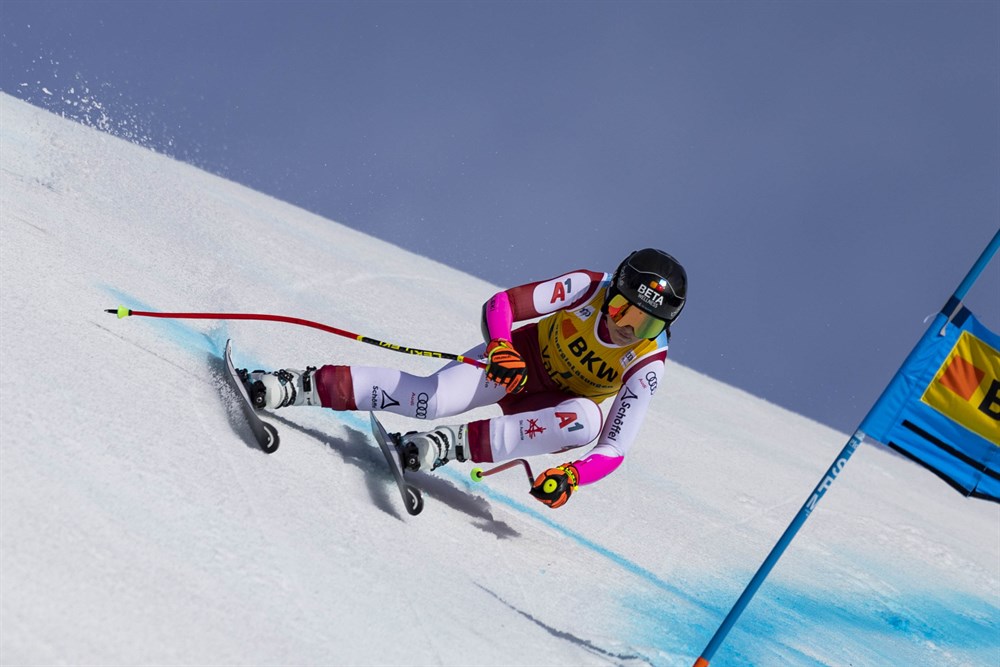
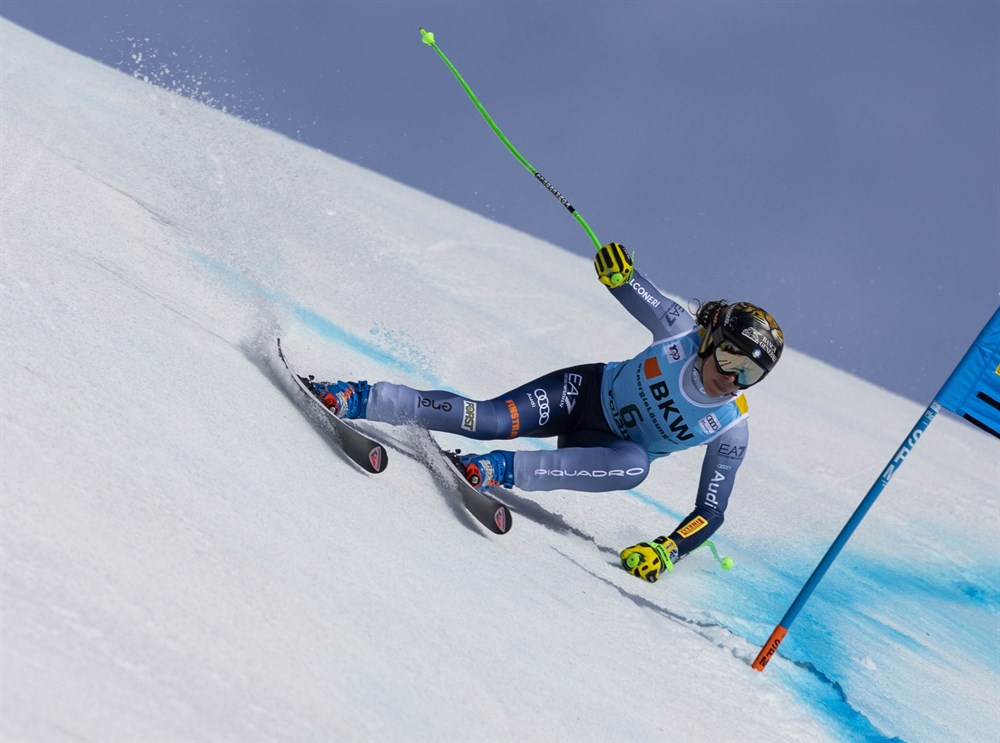
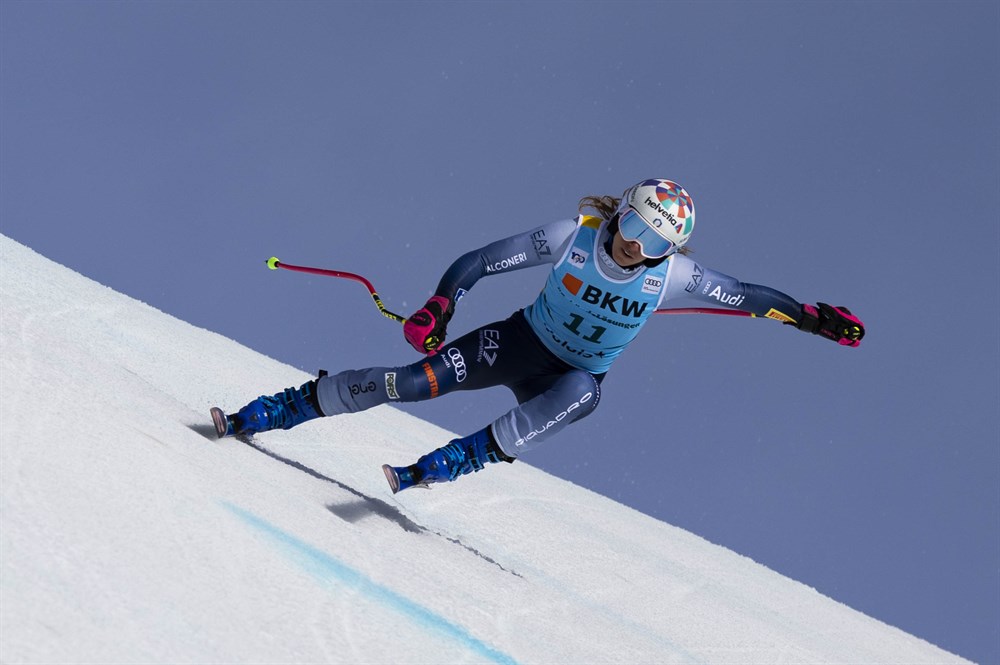
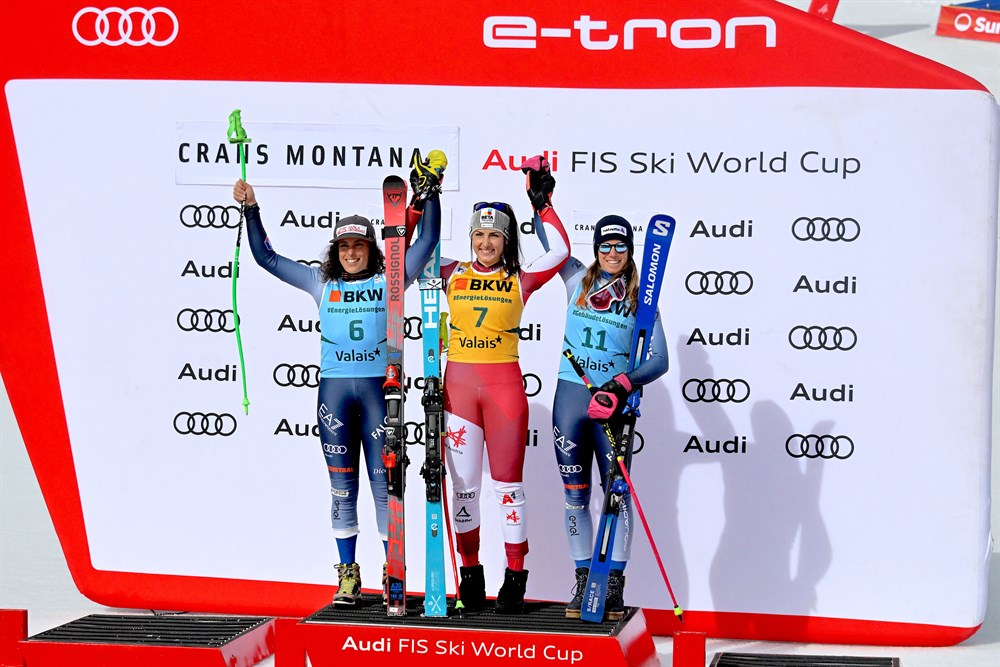
The Brignone family, united by skiing
One family that loves coming back to Crans-Montana year after year is the Brignone family. This weekend, Mum Maria-Rosa 'Ninna' Quario was in Crans-Montana to cheer on her daughter Federica, who finished on the podium twice, much to the delight of her brother – and coach – Davide.
Skiing has always been a family affair for the Brignone family, which has generations of champions in the family. Ninna finished on the World Cup podium fifteen times in the 1980s, before embarking on a career as a ski journalist. Davide skied in the European Cup, before becoming official coach for his older sister Federica, one of the greatest Italian skiers of all time.
Skiing is a passion that binds the family from the Aosta Valley together, and they enjoy meeting up on snowy slopes. Let’s meet the family.
Lara Gut-Behrami: "It was a very intense weekend".
Lara Gut-Behrami rounded off the races in Crans-Montana with a 6th place in the Super-G, and said she was happy that the weekend was over.
The Super-G was complicated for Lara Gut-Behrami. She couldn't find solutions on the Valais course, not least because of the very soft snow at the top of the Mont Lachaux piste. "I didn't interpret the snow very well. It was a little softer than I expected, and I should have been a bit more flexible on my skis", she added.
Despite her result falling short of her expectations in Sunday's Super-G, Lara Gut-Behrami felt it was a successful weekend overall in the three races, which included a 1st and 2nd place in the two downhill races. However she was a little relieved too that the weekend, and those three races, are now behind her . "It was a very intense weekend, it was very hard for everyone. I'll take the good results and the skiing, but I can't hide the fact that I'm relieved it's over."
Valuable points for the overall standings
Lara Gut-Behrami managed to secure the essential in Crans-Montana by scoring 200 points in three races, enough to extend her lead over Mikaela Shiffrin at the top of the overall World Cup standings, but for the moment it’s not on her mind. “The only thing I'm thinking about is skiing. I'm looking at what I did today and what I can improve for next time, as well as the next races.”
After this gruelling weekend, Lara Gut-Behrami is going to make the most of being at home for a few days to try and recover as much as possible. Her next races, two Super-Gs, will be at Val di Fassa, in a week's time.
